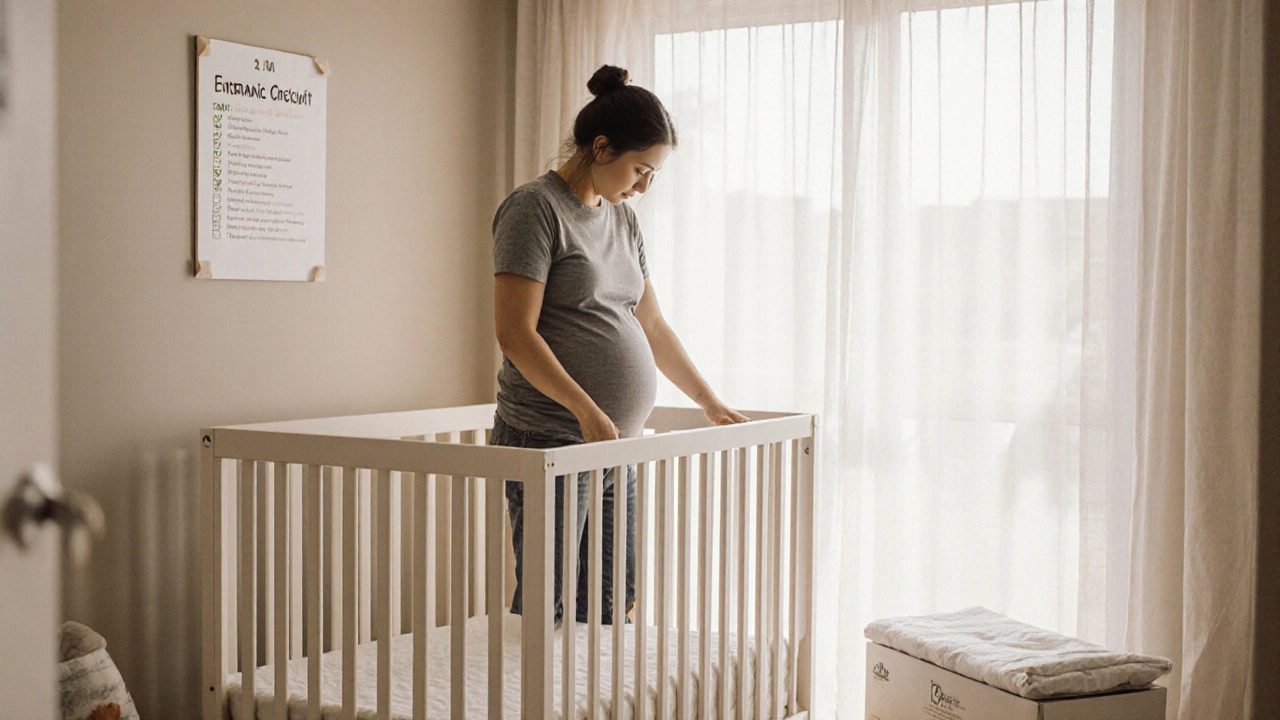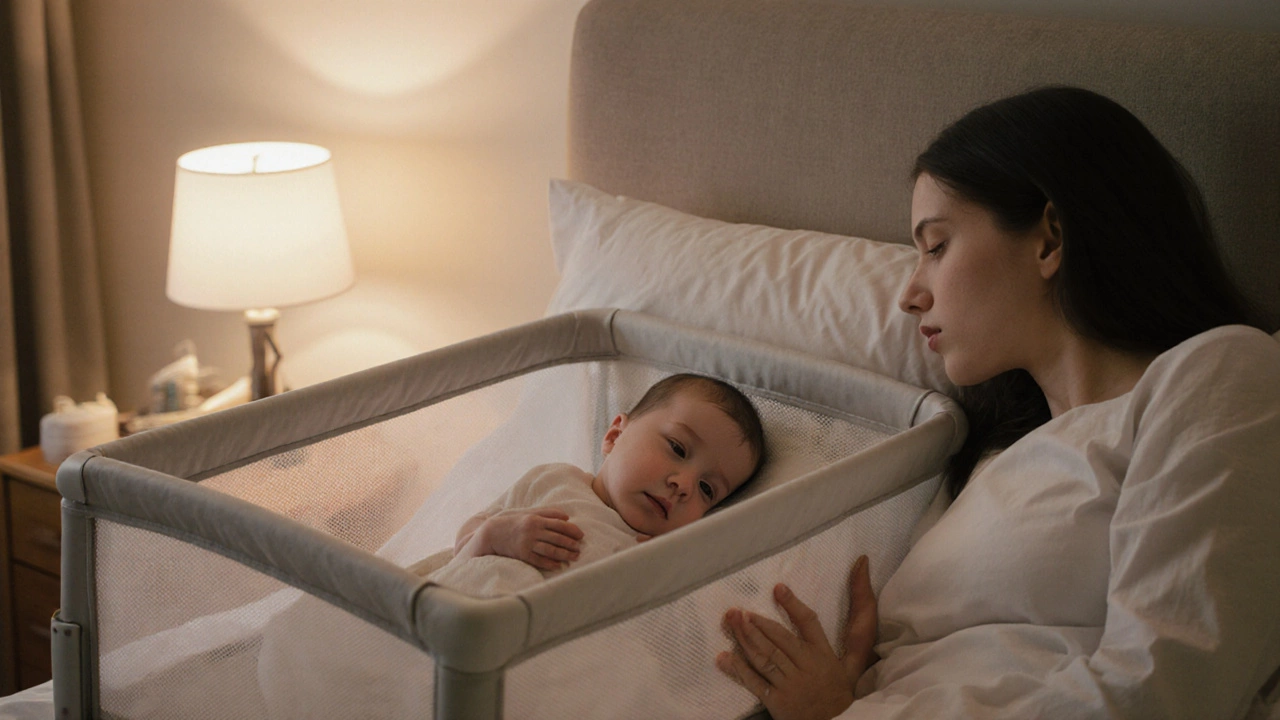Essential Items to Avoid in Your Baby's Nursery for Safety and Comfort
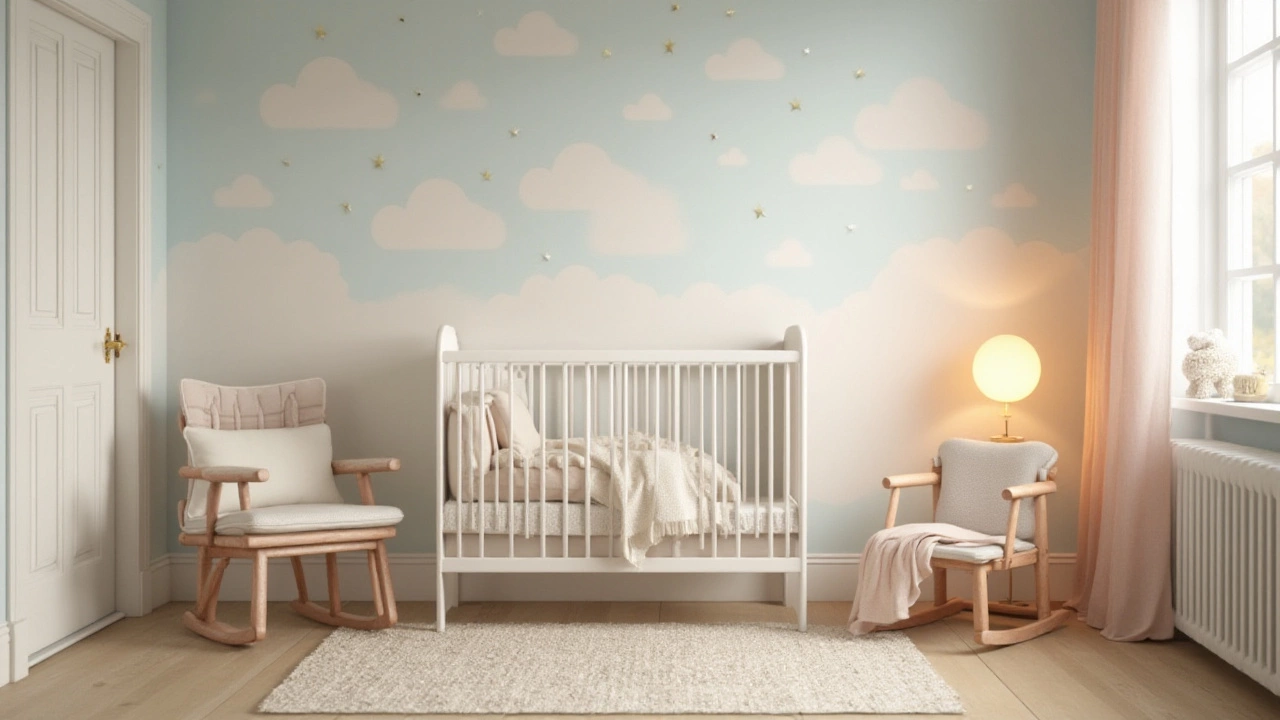
Creating a nursery is often one of the most exciting parts of preparing for a new family member. It’s a space where imagination meets practicality, melding together the dreams you have for your child with the reality of safe and functional living. While it’s tempting to pack this room full of beautiful furniture and toys, there are certain things you simply shouldn’t include.
As parents, safety is always at the forefront. From cribs to decorations, every choice impacts your baby's daily life. There's a fine balance between making a space that feels warm and welcoming and making sure it's safe from potential dangers. In this article, we’ll explore what items should be avoided in a baby's room, so that you can create a nursery that’s both lovely and safe.
- Hazardous Decor Items
- Unsuitable Furniture Choices
- Managing Clutter and Space
- Safe and Friendly Alternatives
Hazardous Decor Items
Decorating a baby's nursery is a joyful task, but it requires careful thought to ensure safety without sacrificing style. The first thing parents should think about is avoiding certain decor items that may seem innocent but pose significant risks. Take, for instance, hanging picture frames or mirrors. While they can beautifully adorn the walls, they might become hazards if not anchored securely. Infants, with their blossoming curiosity, will start exploring their surroundings faster than you might expect, and any loose item can be perilous.
Another decorative feature that can pose a risk is curtains or blinds with long cords. Despite being a staple in many households, these can be dangerous for young children if they can reach them. There’s a documented history of accidents involving window blinds, leading safety advocates worldwide to recommend cordless options or, at the very least, ensuring cords are out of reach. The Child Accident Prevention Trust highlights the risks associated with cords and strings, emphasizing how easily they can turn into strangulation hazards.
"Every year, there are several incidents involving young toddlers and window blind cords," the CAPT states. "These accidents can be avoided with the right precautions."
While stuffed animals and plush toys seem like perfect nursery adornments, it’s crucial to limit their number within the crib. These cuddly items appeal aesthetically but can contribute to sleep hazards, increasing the risk of Sudden Infant Death Syndrome (SIDS). Babies can accidentally roll onto them or get tangled, and their soft structure might block breathing. According to a statement by the American Academy of Pediatrics, having a clutter-free crib is essential during the first year. Consider using them as shelf decor instead, where they add charm without compromising safety.
Plants can bring a touch of nature and freshness into the nursery, yet not all plants are suitable. Some houseplants might be toxic if ingested, posing a risk when babies inevitably start to explore with their mouths. Before choosing to include them, research thoroughly or opt for harmless species. In some cases, artificial plants might be a viable alternative, though even then, the materials should be considered, ensuring they don’t shed small components that could be swallowed.
Lastly, wall decals and stickers should be chosen carefully. Though an easy way to add color and personality, they can be pulled off by little fingers and pose a choking risk. Instead, opting for paint or murals directly on the wall could be a safer and longer-lasting option for adding those personalized touches. With these considerations in mind, parents can design a safe and aesthetically pleasing nursery that allows peace of mind as their baby grows and begins to explore their environment.

Unsuitable Furniture Choices
When it comes to setting up your baby's nursery, the right furniture is not only a matter of aesthetics but also a critical element of safety. One might think that any piece of furniture can fit into a baby room as long as it looks appealing and matches the decor theme. However, the reality is quite the opposite. Some furniture can pose serious risks if not chosen carefully. For instance, high bookshelves or decorative cabinets might seem like a good way to enhance storage without compromising the style, but they are prone to tipping over if a curious toddler tries to climb them. Stability is crucial, and every piece should ideally be adhered securely to the wall. This is where safety meets beauty.
Speaking of furniture stability, you should also avoid including rocking or swiveling chairs. These can be uncomfortable during the feeding sessions and may lead to accidents if they tip over under the shifting weight. Instead, opt for a comfortable, well-padded stationary chair with arm support for those late-night feedings. Modern parents should also reconsider using antique furniture or hand-me-downs. While vintage styles offer charm and sustainability, older furniture might not meet the current safety standards set by organizations like the American Academy of Pediatrics. Always check that cribs and dressers comply with safety measures and avoid sharp edges or small compartments where tiny fingers can get trapped.
"Safety guidelines for nursery furniture have evolved significantly over the years," says pediatrician Dr. Emily Fields. "It's important to prioritize stability and non-toxic materials. Modern tools ensure the well-being of children, taking many of their vulnerabilities into account."
Among the overlooked potential hazards are items like drop-side cribs, which have been banished from the market for causing injuries. In contrast, new crib designs promote safety with fixed rails and adjustable mattress heights. Make sure the space between slats does not exceed 2 3/8 inches, to prevent head entrapment. Beware of bassinets and play yards with extra features that can create strangulation hazards. Multifunctional furniture seems practical but be cautious; those features might come with risks. Rather prioritize simple designs with fewer moving parts. Adding a drawer under the crib might sound convenient, but these can become accident-prone zones if a child loves to explore some household storage adventure.
While selecting nursery furniture, parents are also advised to consider the environmentally friendly option of choosing products made from sustainable materials. Bamboo and recycled wood are not only sustainable but also durable materials that can serve your family well as your child grows. These materials also often come with a natural finish, free of harmful chemicals and toxins often found in paints and finishes. This is a small but impactful step towards ensuring a healthier environment for you and your child.
To sum up, investing in nursery furniture is not just about comfort and beauty. It involves smart decision-making where safety tips take precedence over aesthetics. Make informed choices, and remember that baby nursery needs are best served through careful planning and mindful selections, ultimately leading to a safe haven for the newest addition to your family.
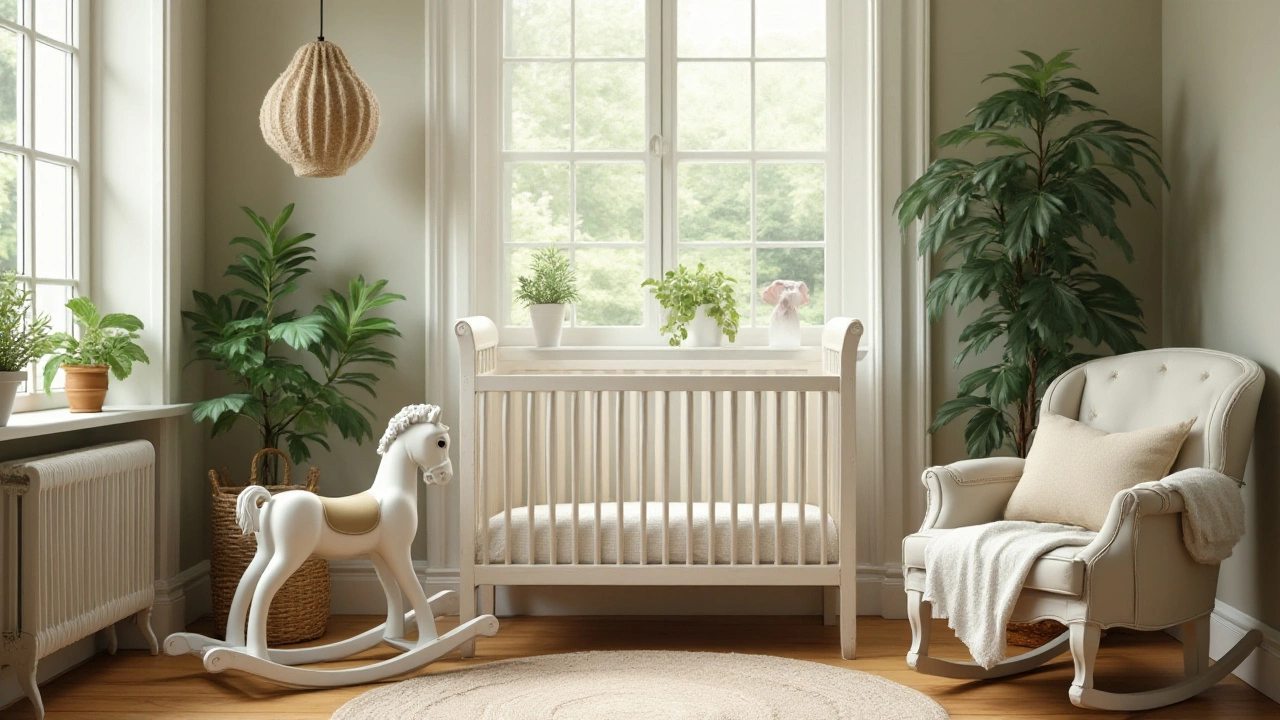
Managing Clutter and Space
Creating a harmonious baby nursery is not just about choosing the right color for the walls or the cutest crib bedding. One essential factor that’s often overlooked is the management of clutter and space, which plays a crucial role in shaping a calm and safe environment for your child. A clutter-free nursery isn’t merely a matter of aesthetics; it significantly influences both the baby’s comfort and your experience as a parent navigating those first few months. To ensure an effective management, start by assessing the space you have and being realistic about what can fit without cramping. After all, a nursery should be a peaceful retreat for your baby, not a storage area.
One key strategy is employing a system of organizers that double as decor. Think visually pleasing baskets and bins that can store toys, clothes, and essentials without taking up much room. Make use of vertical space with wall shelves or over-the-door organizers, freeing up precious floor space for movement and play. This allows for ease of access when you’re managing the unpredictable chaos of parenting while maintaining a visually appealing setting. What's crucial here is adapting to the room’s scale and implementing flexible solutions that grow with your baby's needs. Overcrowding the room can stifle movement and add stress to quick diaper changes or nap times.
It’s also worth emphasizing the importance of rotating items as a practical method to limit clutter. Babies outgrow toys and clothes quickly, so regularly updating these items can prevent the accumulation of useless clutter. A good rule of thumb is keeping what you use on a daily basis within arm's reach while storing or donating items that are outgrown or rarely used. This disciplined practice ensures that the nursery doesn’t become an overwhelming mess of unwanted objects. According to Marie Kondo, a renowned tidying expert, having a place for everything prevents spaces from getting cluttered and can be a stress reducer for new parents.
“The inside of the house will automatically become more peaceful and less cluttered,” Kondo says about keeping only essential objects, adding, “It’s only natural you’ll feel happier,” providing a neat and serene place for both babies and parents.
The efficient use of space isn’t just about storage but also about creating a safe and enjoyable environment for your baby to grow and explore. Consider incorporating multipurpose furniture that adjusts to your child’s various needs. A changing table that converts into a dresser or a crib that transforms into a toddler bed can be remarkable investments. These pieces not only save space but also money and time, reducing the need for replacements as your child grows. Such multi-functional items respect the nursery's limited dimensions by offering versatility and practicality.
Lastly, to effectively manage space, think minimalistic in design. This doesn't mean boring or stark; rather, it implies selectively choosing thoughtfully designed items that serve more than one purpose. Prioritize quality over quantity by selecting pieces that are safe, durable, and timeless. Avoid the temptation of filling the nursery with trinkets and toys—sometimes less is genuinely more when it comes to establishing a baby nursery.
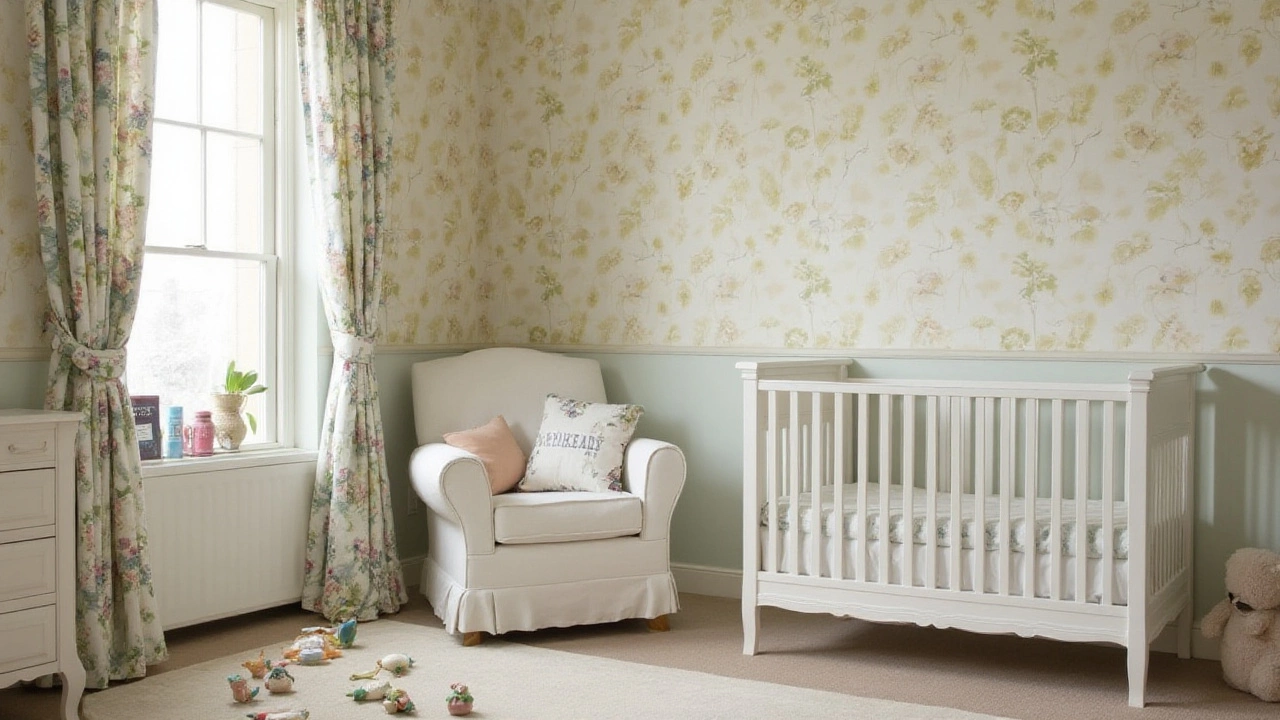
Safe and Friendly Alternatives
When curating your baby's nursery, it’s not just about removing hazardous items; recognizing the value of incorporating safe and friendly alternatives is equally crucial. This approach doesn't only hinge on ensuring safety but also focuses on creating an environment beneficial for fostering your baby’s growth and comfort. Opt for non-toxic paint on the walls in soothing colors such as pastel blues or gentle greens, which not only beautifies but positively influences your baby's mood and sleep patterns. These shades have been shown in various studies to have a calming effect, essential for promoting restful sleep.
Furniture selection is another vital area where alternatives come into play. Rather than heavy, unstable bookshelves or unnecessary large pieces, consider multi-functional furniture designed specifically for nursery use. Items like cribs that convert into toddler beds or dressers that double as changing tables offer flexibility and ensure safer transitions as your child grows. These choices simplify life and save both space and resources. Be sure to select furniture pieces with rounded edges and smooth finishes to avoid unintended injuries. A nursery devoid of hazards yet bursting with utility goes a long way in creating a secure haven for your child.
Baby nursery safety stretches into even the smallest of details, such as the textiles used for bedding and curtains. Organic cotton and bamboo fabrics are outstanding alternatives to conventional, treated materials. They are not only free from harmful chemicals but also breathable, reducing the risk of allergies or skin irritations. In addition, blackout curtains made from safe materials can assist in regulating your baby's sleep cycle by effectively blocking out light during naptime. Such thoughtful inclusions exemplify how tiny changes can enrich the nursery environment while maintaining safety as a priority.
Incorporating decorative elements doesn’t have to compromise security either. Removable wall decals or murals are excellent subs for framed pictures or heavy wall hangings that could potentially fall. They provide vibrant visual stimulation without introducing risk. Soft, plush toys should fill the shelves instead of small, swallowable items. A learning tower built with appropriate safety protocols, like sturdy materials and a secure footing, can eventually aid in engaging, supervised play areas where your growing child can explore safely.
Organizing a nursery with safety at its core doesn’t mean you have to sacrifice beauty or creativity. Investing in eco-friendly materials and versatile furniture can ensure a vibrant, loving space where your child can safely explore and learn. Inform yourself about products with reputable safety credentials, supported by endorsements from trusted child safety organizations. Remember, as advised by the American Academy of Pediatrics, "achieving a balance between functionality and safety can prove vital in nurturing a warm and secure environment for your little ones."

